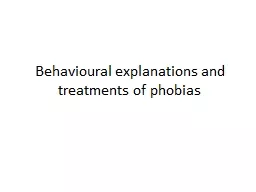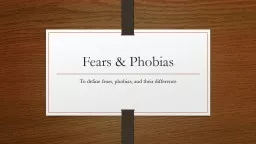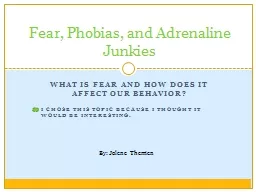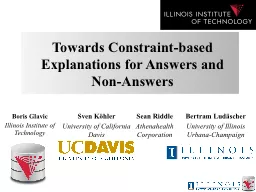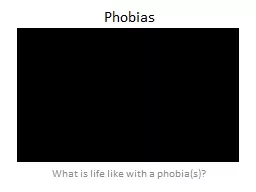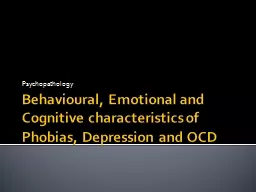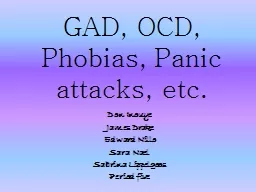PPT-Behavioural explanations and treatments of phobias
Author : natalia-silvester | Published Date : 2017-03-22
Starter Complete behaviourism and phobias worksheet Behavioural explanation Twoprocess model acquisitionmaintenance AcquisitionPhobia acquired via classical conditioning
Presentation Embed Code
Download Presentation
Download Presentation The PPT/PDF document "Behavioural explanations and treatments ..." is the property of its rightful owner. Permission is granted to download and print the materials on this website for personal, non-commercial use only, and to display it on your personal computer provided you do not modify the materials and that you retain all copyright notices contained in the materials. By downloading content from our website, you accept the terms of this agreement.
Behavioural explanations and treatments of phobias: Transcript
Download Rules Of Document
"Behavioural explanations and treatments of phobias"The content belongs to its owner. You may download and print it for personal use, without modification, and keep all copyright notices. By downloading, you agree to these terms.
Related Documents

